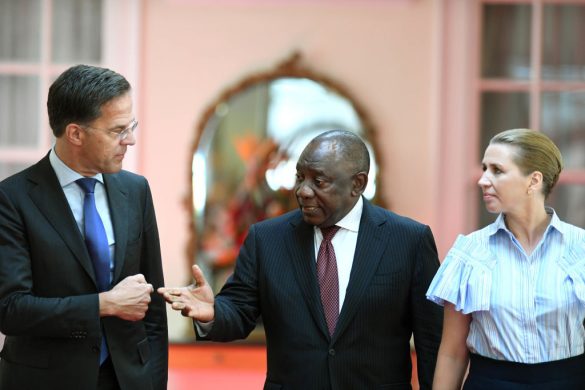NEW YORK, 4 October 2010: An ambitious government effort to spread water resources more widely among Burkina Faso’s population of 15 million has increased access from nearly one fifth to two thirds during the last two decades.
Despite being a landlocked country and suffering the impact of a changing climate, the West African country has put in place water management legislation and a water-resource management action plan that have expanded drinking water supplies to 66.3 per cent of the nation, as of 2007, up from 18,3 per cent in 1993.
Government reforms over the last 10 years more than halved the cost of connecting semi-urban and rural areas to the water supply infrastructure. The supply network for safe drinking water more than tripled in the 18 years between 1986 and 2004, from 881 kilometres to 3,129 kilometres.
Increasing access to safe water is one of the Millennium Development Goals (MDGs), 8 internationally-agreed targets which aim to reduce poverty, hunger, maternal and child deaths, disease, inadequate shelter, gender inequality and environmental degradation by 2015.
As part of a roadmap for MDG achievement, the government launched a national programme for drinking water access and sanitation that, between 2006 and 2007, involved drilling of some 1.882 new wells.
-These efforts deserve to be welcomed and encouraged, said UN Resident Coordintaor Pascal Karorero. – Recognition of these efforts by the United Nations recently led to Burkina Faso being nominated for MDG prizes regarding access to drinking water–and rightly so.
While Burkina Faso has already met the 2015 MDG on water access, lack of trained professionals to manage water points in rural areas means that almost one quarter of the new wells are non-operational.
In urban areas, limited water supply due to low rainfall, increased pressure from population growth and rapid urbanization, and low incomes also serve to slow down MDG progress.














